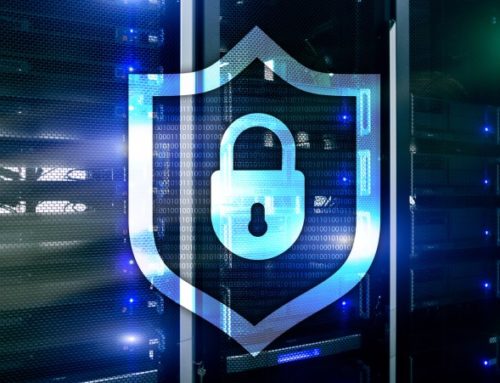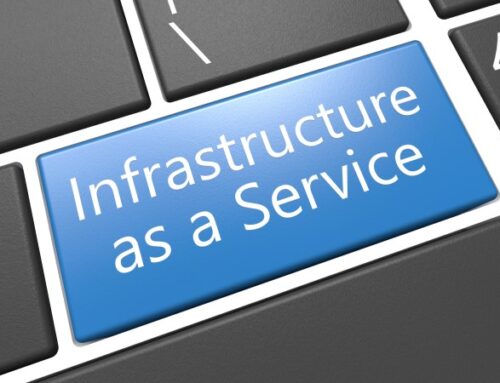Digitalization, smart home, machine-to-machine communication. These are just a few buzzwords that describe the Internet of Things (IoT). But what about personal privacy and data protection on the Internet of Things?
Internet of Things – What is it?
The Internet of Things is a generic term for the networking of objects that communicate independently via the Internet in the service of their owner and in this way perform a variety of tasks for him. Smart home systems are an example of this: In a smart home, most devices are connected to each other and to home technology. This allows, for example, the roller shutters to be opened and closed by smartphone or the light to be regulated. Smart home systems usually have a central interface that is located in the house or apartment and manages the data. Homeowners can use their smartphone not only to call up current data on their home at any time, such as room temperature, but also to take active control at any time via devices in the house or the home technology itself. Cloud computing is the technological basis that makes these far-reaching functions possible in the first place.
The role of cloud computing for the Internet of Things
Cloud computing is a special part of the Internet of Things. It not only enables data to be stored outside its own hardware, but also always offers its users the option of file sharing. Whether log files of your home devices, heating controls or access authorizations, all this information is securely stored in the cloud. Let’s take a look at the concept one by one. With increasing digitalization, the number of existing data also increases. This makes data backup all the more important. Because the loss of data is not only annoying and time-consuming, but also dangerous. Sensitive data must therefore be comprehensively backed up and protected. For this reason, cloud security was also a central topic at CeBIT 2018. In addition to numerous specialists for cloud solutions, TeamDrive also presented a sustainable contribution to data security with its Point in Time Recovery (PiTR).
Personal privacy and data protection
Some people may not be quite comfortable with the terms Smart Home, Cloud Computing and the Internet of Things. And indeed, you should check if your cloud is secure. A server location in Germany or end-to-end encryption of your data is recommended. End-to-end encryption means that data in the cloud is extensively secured. Both the sender and the recipient have a copy of the key used for this purpose. The sender encrypts a file on his end device with a recipient’s public key. These keys are automatically exchanged when the sender and recipient first contact each other. TeamDrive’s extremely robust AES-256 algorithm also ensures that the provider cannot view the user’s data. Thanks to this zero-knowledge privacy, your data is always protected from third-party monitoring.
Secure cloud computing thanks to TeamDrive
The Federal Office for Information Security (BSI) has set itself the goal of providing users of cloud computing with comprehensive information about risks. For this reason, the Office has drawn up a catalogue of requirements which should enable users to carry out risk analyses themselves. The BSI particularly emphasizes that the provider’s business location is essential for data security. In particular, user data from providers based in the USA can be at risk, as the Patriot Act allows US authorities to access the data without the user’s knowledge. TeamDrive customers, on the other hand, are not exposed to this risk because our data centers are located in the European Union and data is therefore only processed in accordance with the Basic Data Protection Ordinance (DSGVO).
Test secure cloud computing now!




